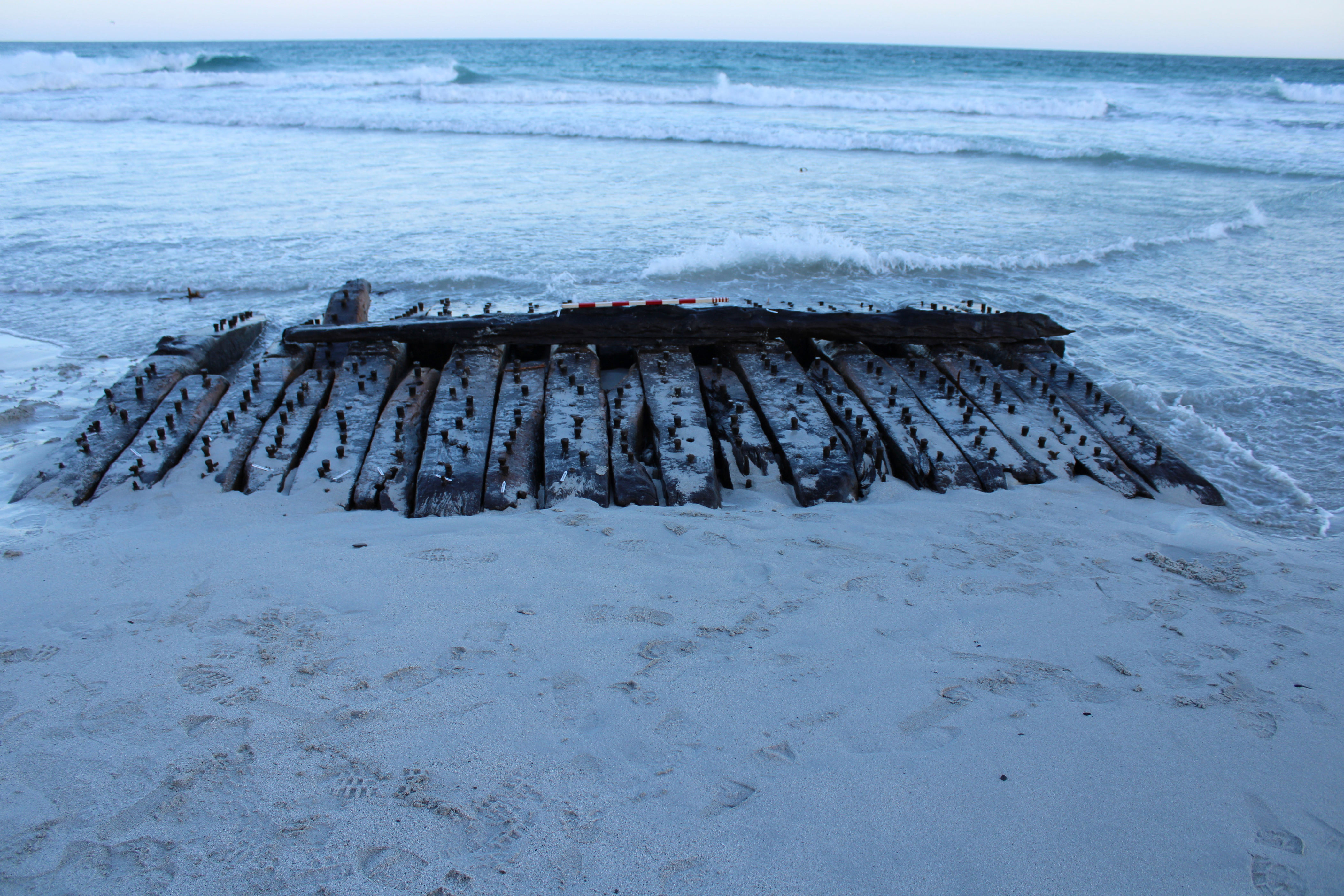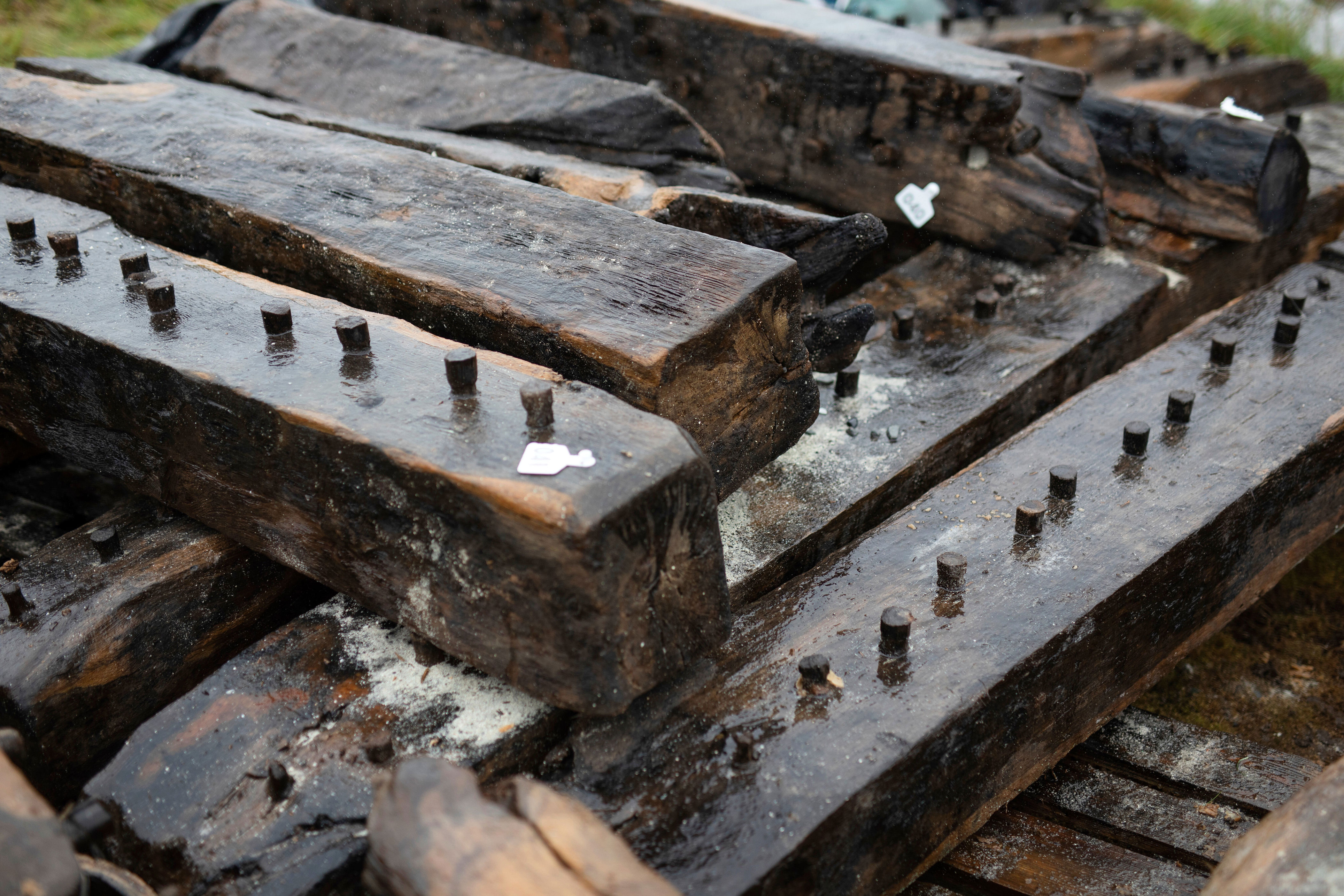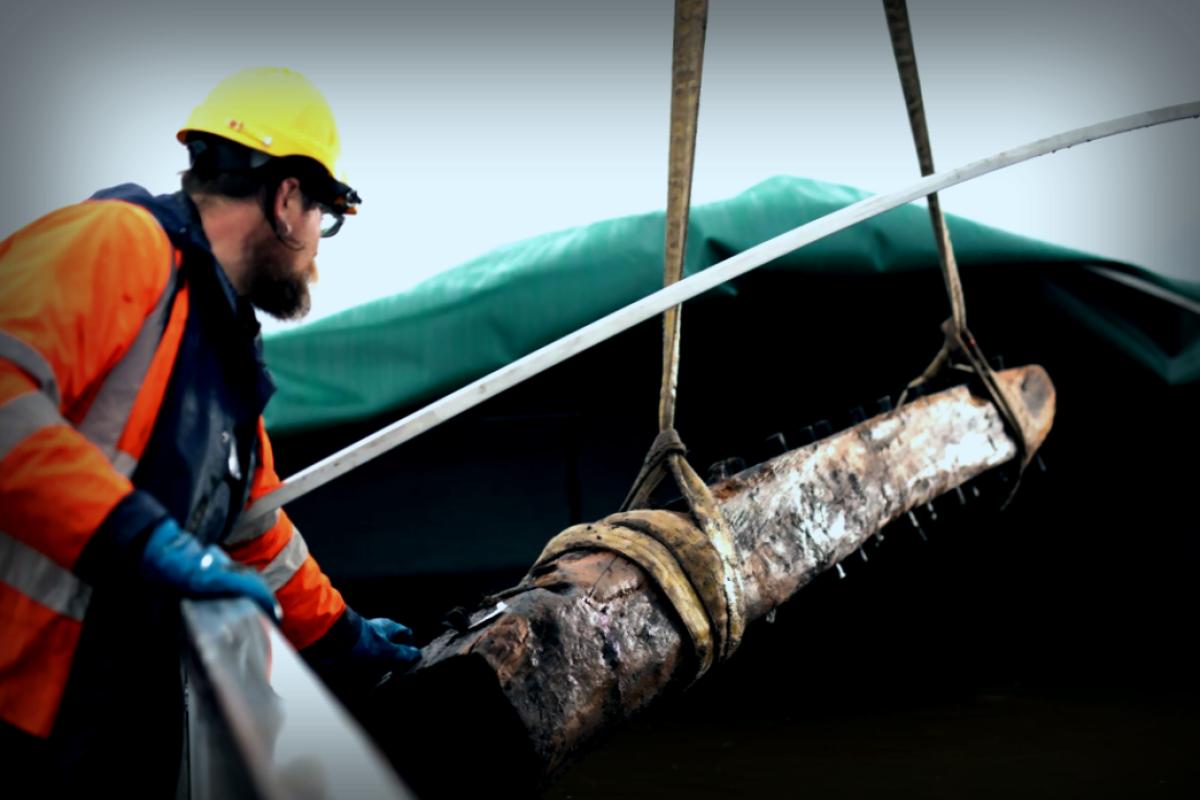It all started when a schoolboy stumbled upon the remains of a wooden ship peeking out from the sandy dunes of a secluded Scottish beach. This accidental find ignited a passionate investigation involving archaeologists, historians, and scientists eager to piece together the mysterious tale of the ship.
Fast forward to now: thanks to a fusion of cutting-edge technology and the enthusiasm of the local community, the identity of the wreck has finally emerged.
On Wednesday, researchers confirmed that the wreck likely belongs to the Earl of Chatham, an 18th-century warship that fought valiantly in the American War of Independence before transforming into a whaling ship in the Arctic, only to meet its end in a storm.
Ben Saunders, a senior marine archaeologist from Wessex Archaeology, shared, “I would call it a lucky ship—a rather odd thing to label a wrecked vessel, perhaps, but there it is.” He added that thanks to the community’s involvement and passion, the hunt for the ship’s story benefitted significantly.
The Ship’s 250-Year Journey
The vessel made its presence known again this February 2024 when a winter storm unearthed it from below the sand on Sanday, one of the rough and rugged Orkney Islands off the northern coast of Scotland.
This discovery sent shockwaves of excitement through the small island community of about 500 people, who have long histories tied to the sea. Since the 15th century, around 270 shipwrecks have been documented in the 20-square-mile area.
Local farmers pitched in, using their tractors to transport 12 tons of oak timber from the beach while local historians set about identifying the wreck.

Sylvia Thorne, a community researcher, expressed her joy at the collaborative effort, saying, “It was an amazing experience; the entire community came together for it. Many locals are getting intrigued and diving deep into learning about it.”
Utilizing dendrochronology, which dates wood through its tree rings, researchers determined that the timber originated from southern England in the mid-18th century—a fortunate twist, according to Saunders, coinciding with a period when systematic British records were being maintained.
“This allows us to sift through the archive records for Orkney’s wrecks,” Saunders explained. “We eliminate those not of British origin and those that don’t fit the size or operational region, narrowing it down to just two or three options… and the Earl of Chatham emerges as the last contender.”
From Warship to Whaler
Digging deeper, researchers found that the vessel originally served as HMS Hind, a 24-gun Royal Navy frigate constructed in 1749 in Chichester. During its service, it played a role in both the expansion and contraction of the British Empire. It aided Britain in seizing control of Canada from France in the 1750s and served as a convoy escort during Britain’s attempts to maintain its American colonies in the 1770s.

In 1784, the navy sold the ship, renaming it and converting it into a whaling vessel plying the frigid waters off the coast of Greenland, where whale oil became a crucial component of the Industrial Revolution—used for everything from lubricating machinery to lighting streets. Saunders noted that in 1787, 120 whaling ships operated in the Greenland Sea, among them the Earl of Chatham. Later, in 1788, the vessel unfortunately met a watery grave off Sanday during harsh weather, with all 56 crew members surviving—yet another evidence of the ship’s purported luck.
A Community United
Currently, the remnants of the ship are being preserved in a freshwater tank at the Sanday Heritage Centre, with discussions ongoing about a permanent exhibit.
Saunders emphasized this project as a beacon of community involvement in archaeology. “The locals have shown immense eagerness to engage with the research, learn, and take pride in their maritime history. Their efforts were instrumental in the discovery, recovery, and preservation of this vessel,” he noted.
For the residents, the ship is not just a link to their historical past but also a reflection of the challenges ahead; climate change could reveal more hidden wrecks as wind patterns change and coastlines reshaped over time.
Ruth Peace, another member of the research team, reflected, “This project underscores the enduring connection to Sanday’s history that’s either in plain sight or just beneath the surface.”



















